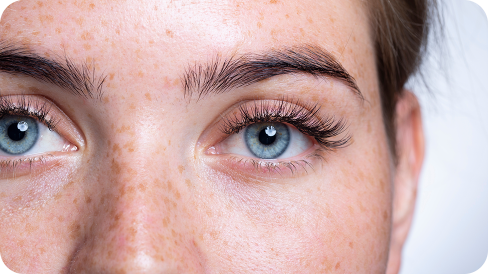* The entire TearScience™ LipiFlow™ treatment takes 12 minutes. When the treatment is performed, the glands can resume normal oil, or lipid production,
which is essential for maintaining and protecting a healthy tear film.
† Long-lasting results; many see the continued benefit for up to 12 months.2
References:
1. Lemp MA, Crews LA, Bron AJ, Foulks GN, Sullivan BD. Distribution of aqueous-deficient and evaporative dry eye in a clinic-based patient cohort: a retrospective study. Cornea. 2012 May;31(5):472-478.
2. Blackie CA et al. The sustained effect (12 months) of a single-dose vectored thermal pulsation procedure for meibomian gland dysfunction and evaporative dry eye. Clinical Ophthalmol. 2016; 10:1385-1396.
PP2023TS4012




